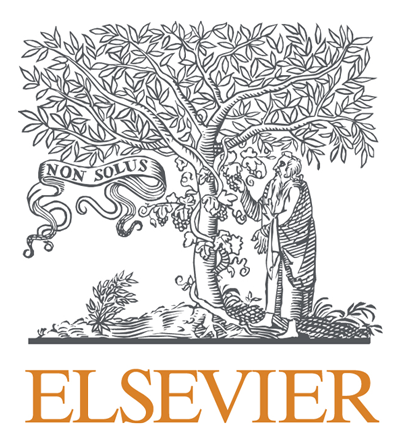Modeling Carbon Content in California’s Blue Oak Woodlands
Topics:
Keywords: Above Ground Biomass (AGB), Diameter at Breast Height (DBH), Carbon Sequestration, Blue Oak Woodlands, Allometric Equations
Abstract Type: Paper Abstract
Authors:
Brendan Scott Schultheis, CSULB
Paul Laris, CSULB
Scott Winslow, CSULB
Gary Adest, River Ridge Institute
Mina Nada, CSULB
,
,
,
,
,
Abstract
Biomass holds a critical position in comprehending and monitoring ecosystem response and its impact to the global carbon cycle. Accurate assessment and mapping of biomass is a crucial element of carbon stock quantification, climate change impact assessment, etc. Above-ground biomass is in a continuous state of flux, and thus contributes to atmospheric carbon fluxes to a far higher degree than below ground biomass and soil organic matter (SOM). Therefore, it is necessary to monitor it regularly and not measure once and ignore thereafter. The gold standard for quantifying biomass is a laborious and destructive technique. Indirect methods have been developed to overcome this issue; the main method utilizes empirically based allometric equations developed from the destructive samples, letting us estimate biomass from tree metrics that are less challenging to obtain—most commonly diameter at breast height (DBH) and height. This research aims to model biomass, and thus carbon content, in a sample area of oak woodland without the need to collect DBH, which requires in-situ data collection. Here, we sought to develop a relationship between tree dimensions easily obtained from drone imagery and DBH. We collected data using field instruments to collect measurements for the three dominant species in our study site, totaling 257 trees. We used simple regression analysis to find a link between various canopy dimensions, which we can easily obtain from drone imagery, and DBH, and found we could use certain canopy dimensions to effectively estimate AGB—although the derivative equations used differed by species.
Modeling Carbon Content in California’s Blue Oak Woodlands
Category
Paper Abstract








